Pain comes when you don't expect it.Even the most confident person can become confused and frightened in such cases.The cause of pain is often osteochondrosis.How is osteochondrosis of the cervical spine treated at home and how effective will the treatment be?Let's find out more.
What is Osteochondrosis?
Official medical sources interpret osteochondrosis as a degenerative disease affecting the intervertebral disc and affecting adjacent vertebrae and joints.The elasticity of the intervertebral joint is impaired - and the intervertebral disc becomes thinner.It is necessary to understand how nutritional and metabolic processes occur in the intervertebral discs.This structural element is formed by cartilage tissue;There are no blood vessels here.Nutrition is diffuse, like a pump.When pressure is applied, a lubricating fluid is released and then absorbed again.If osteochondrosis of the cervical spine occurs, exercise therapy, massage and the entire range of therapeutic techniques should be prescribed as soon as possible.
What changes occur in the spine and what symptoms occur?
The following processes occur in the affected joint:
- the nucleus pulposus of the intervertebral disc loses physiological moisture;
- cartilage loses its shape;
- loses elasticity;
- changes color;
- dries up;
- turns yellow;
- loses resistance to damage.
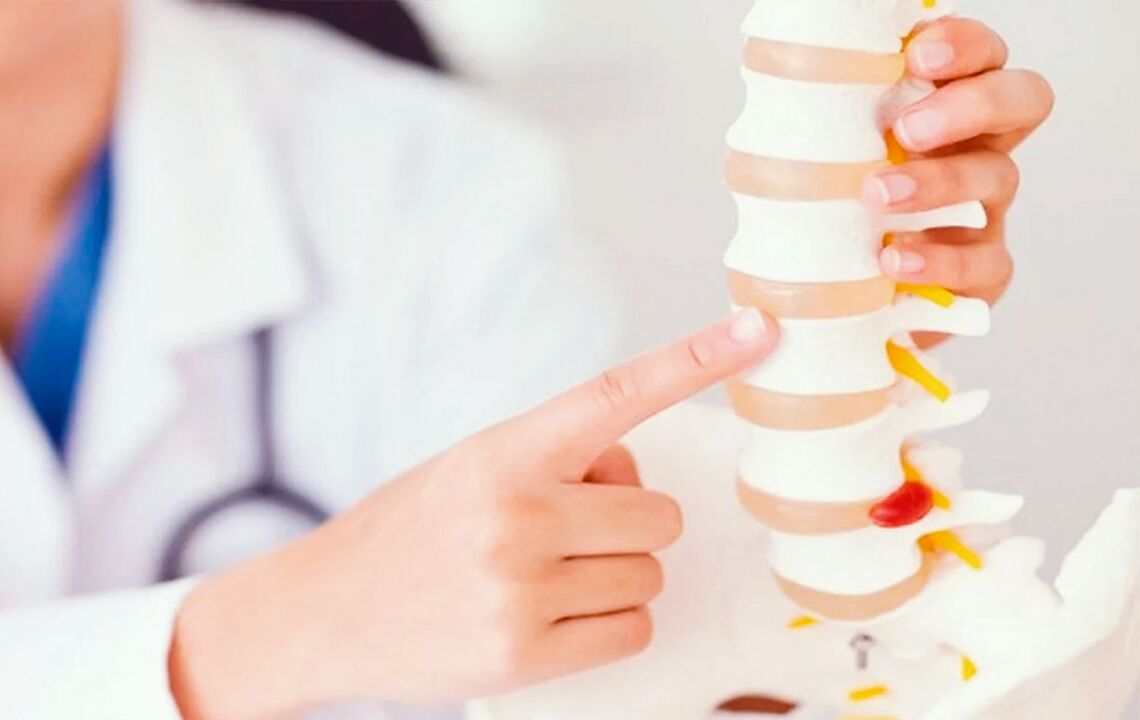
The consequence of this is a violation of the synchrony of movements of neighboring segments of the spine, pinching of the nerve roots.The main symptoms of degenerative changes are pain, limited mobility and some forms of paresthesia (“pins and needles”, tingling).
All these changes indicate the presence of osteochondrosis.We will talk further about how osteochondrosis of the cervical spine or other spine is treated.
Why does osteochondrosis occur?
The causes of the disease include anything that disrupts the nutrition of the intervertebral disc:
- Stagnation due to static loads.
- Prolonged maintenance of awkward positions, especially when sitting.There's a good saying: "If you can stand, don't sit; if you can lie down, don't stand."
- Traumatic impact on endplates, fibers of the fibrous ring.
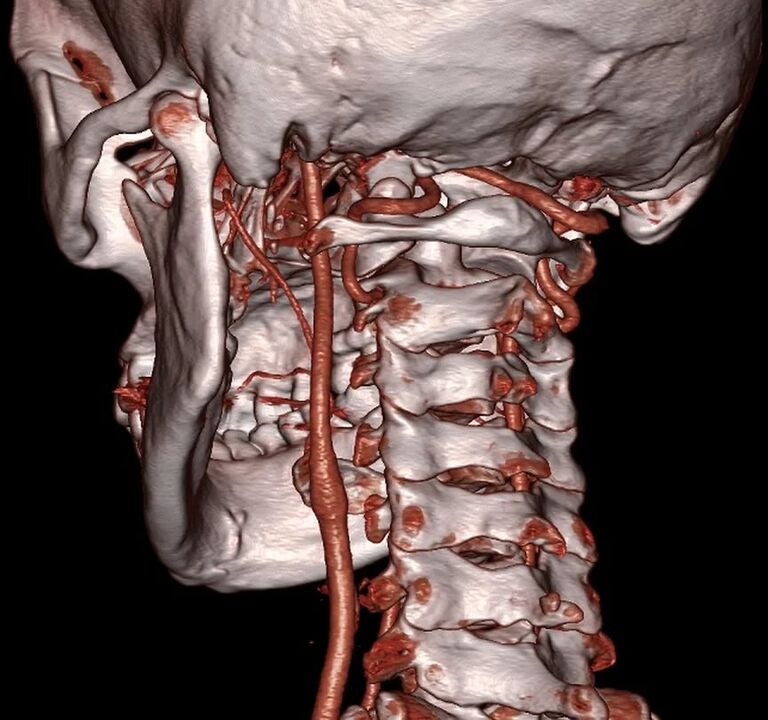
Common reasons include an unbalanced diet, lack of exercise and inadequate development of the deep muscles that form the muscle corset.The stability of the spine is based on the complex interaction of the bone, muscle and nerve structures of the skeleton.The abdominal and back muscles are opponents and balance each other out.Therefore, the postulate “movement is life” remains as relevant as never before.Exercises can effectively affect osteochondrosis of the cervical spine.Exercise therapy is used both in a clinic and at home.Since the spine consists of several sections, the disease can occur in any section.The cervical and lumbar spine are most commonly affected.
How does cervical osteochondrosis manifest itself?
Manifestations of osteochondrosis of various localizations are combined into syndromes:
- Cervicalgia syndrome (limited mobility of the shoulder joint, pain of various kinds);
- Cervicocranialgia (pain in the back of the head, discomfort in the neck, tinnitus, dizziness, palpitations, nausea may occur);
- Cervicobrachialgia or scapulohumeral syndrome (pain in the neck spreading to the shoulder and arm).
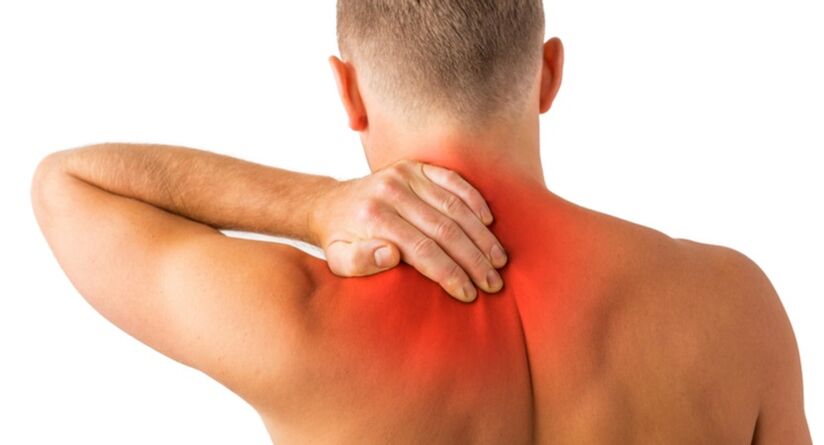
If you often suffer from aching pain and numbness at night, the diagnosis is most likely confirmed: osteochondrosis of the cervical spine.The pain syndrome associated with disorders of this department is called thoracalgia.
Therapeutic exercises at home
How osteochondrosis of the cervical spine is treated with medication is described in many specialist books.However, in most cases, the effect of the drug is short-lived.Exercise therapy can help here.

- We stand against the wall and lean our heads against it.We try to press on the wall with maximum force for several seconds.Then we relax.
- We sit at the table and rest our elbows on it.We put our chin on our hands and try to put pressure on our palms while trying to tilt our head or turn it to the side.
- Rest your head on your hands at the back of your head.Press it alternately with the back of your head and then relax.Perform multiple reps and hold for up to 10 seconds.
- Grasp your head with your palms and alternately press one hand or the other.
During exacerbations, exercises are performed for no longer than 3-4 seconds and with moderate tension.Exercises help slow down osteochondrosis of the cervical spine.You can start doing the exercises at home after you are sure that they are being done correctly in a medical facility.
Massage without the help of a professional
If the diagnosis of “osteochondrosis of the cervical spine” is confirmed, massage is one of the necessary treatment methods.In this case, this is not only a useful but also an irreplaceable process.First, it is better to take a professional course and then carry out simple techniques yourself at home.These techniques also include the technique of post-static muscle relaxation.The peculiarity of the method is the passive stretching of the muscle from an overload position in combination with massage elements.The application of the technique is necessary after warming the spasmodic muscles (bath, hot compress, kneading, stroking).
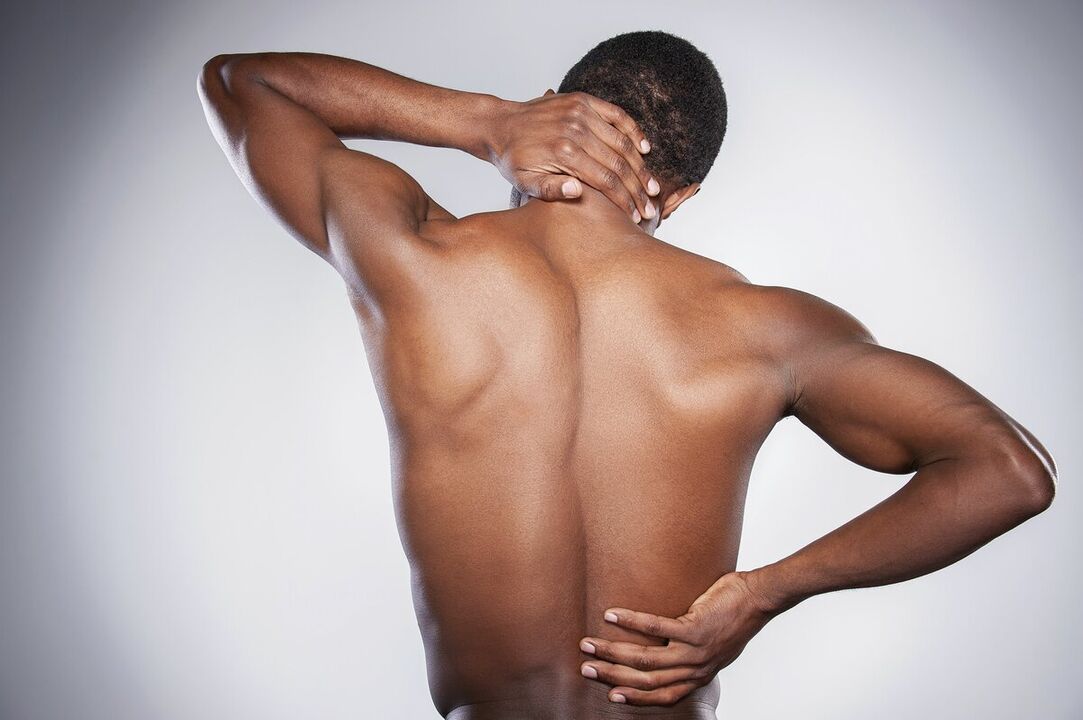
Self-massage uses the same techniques as professional massage.These are stroking, kneading, acupressure, tapping, shaking.The massage is performed with warm, warm hands.To improve lubrication, use massage oil.The sequence of techniques is as follows:
- stroke;
- trituration;
- knead;
- Vibrations (patting, shaking).
The massage affects osteochondrosis of the cervical spine and begins and ends with stroking.
A little manual therapy
- We sit on a chair with a high back.We clasp our head with our hands and place our thumbs on the cheekbones (more precisely, on the hills under the eye sockets).We raise our eyes, breathe in and press the back of our head onto our fingers.We hold for up to a quarter of a minute, then, exhaling, we lean back on the back of the chair, relax the neck muscles and tilt our head down.We repeat the technique several times.Then we put our fingers around the neck, closer to its upper part, and tilt our head forward a little.We press our fingers into the base of the skull and make a slow rotating movement.Gradually lower your fingers lower and lower until you approach the trapezius muscle.How osteochondrosis of the cervical spine is treated with manual therapy can be seen from the following manipulations.
- Lie on your back and pull your shoulders down as far as possible.Place the hand under the buttocks on the painful side, palm facing up.Place your other hand under your head, cup the back of your head, and tilt your head in the opposite direction of the problem.As you inhale, press your head against your fingers for 15 seconds.As you exhale, relax and pull your head a little harder to stretch the sore muscle.
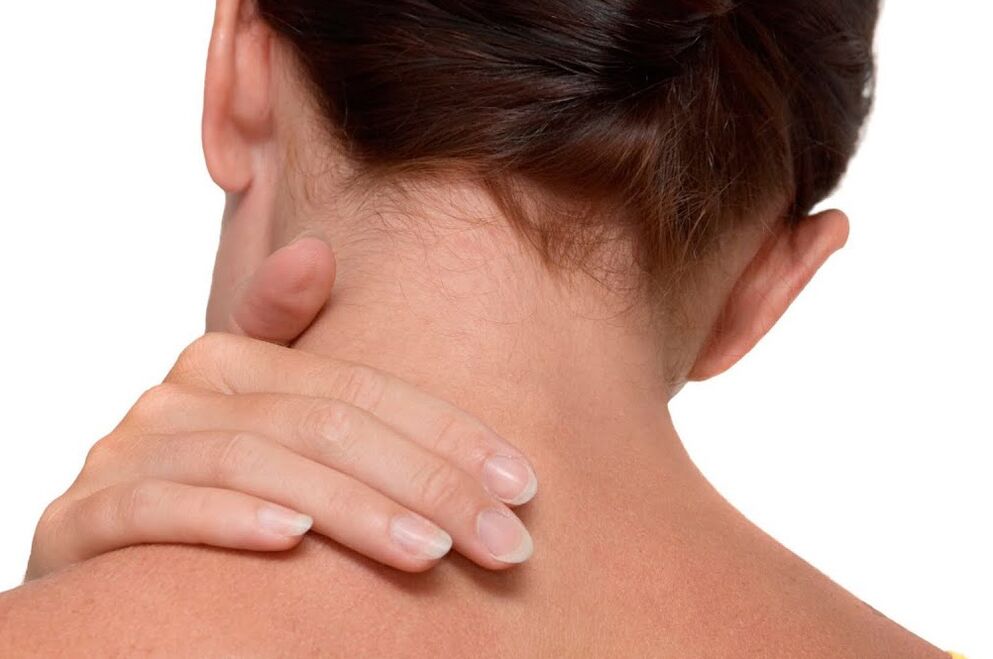
A set of measures for the treatment of osteochondrosis
Unfortunately, it is impossible to completely overcome osteochondrosis of the cervical spine.Treatment at home or in a medical facility should be comprehensive.This includes the use of:
- painkillers;
- muscle relaxants, which help relieve muscle spasms;
- drugs with chondroprotective effects;
- physiotherapeutic procedures;
- Massage;
- exercise therapy;
- balanced diet.
After studying the medical literature, one can draw certain conclusions about the treatment of osteochondrosis of the cervical spine, but abandoning treatment prescribed by a doctor is a crime against health.




















